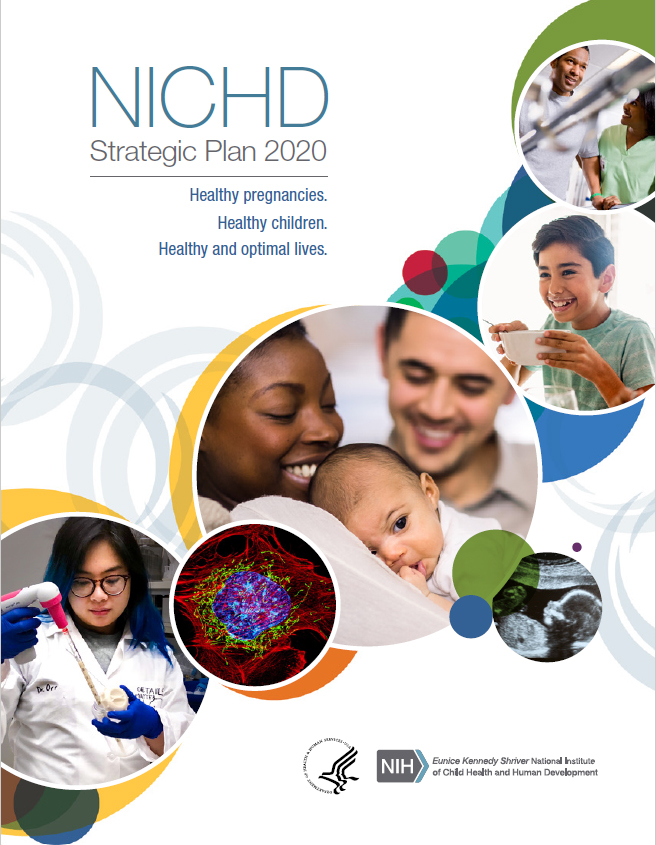
The Eunice Kennedy Shriver National Institute of Child Health and Human Development (NICHD), part of the National Institutes of Health, has released a strategic plan outlining its research priorities for the next five years. It underscores the institute’s longstanding commitment to research aimed at improving the health and wellbeing of women, children, and people with intellectual, physical, and developmental disabilities. It also places special emphasis on research to better understand male reproductive health and the challenges experienced by adolescents during the transition to adulthood.
“The United States and global community face an array of health challenges, such as increasing rates of death related to pregnancy and child birth. At the same time, technology breakthroughs, whether in genome sequencing or artificial intelligence, offer new opportunities for scientific discovery and advances in medical practice,” said Diana W. Bianchi, M.D., NICHD Director. “The new NICHD strategic plan will help guide the research and training needed to address these emerging challenges and opportunities over the next five years.”
The plan presents NICHD research goals and objectives under five research themes:
- Understanding the molecular, cellular and structural basis of development
- Promoting gynecologic, andrologic and reproductive health
- Setting the foundation for healthy pregnancies and lifelong wellness
- Improving child and adolescent health and the transition to adulthood
- Advancing safe and effective therapeutics and devices for pregnant and lactating women, children and people with disabilities
Interwoven into these themes are topics, such as health disparities, nutrition and disease prevention, that aim to encourage collaboration among multidisciplinary scientific teams to address public health priorities within NICHD’s purview. The institute will continue to emphasize research training, supporting careers of early-stage investigators and clinician scientists in pediatrics and other disciplines related to its mission.
The plan is the result of a data-driven, transparent process that involved NICHD staff, external scientists, patient advocates, professional societies and the general public. Over the next five years, NICHD will collaborate with partners in government, academia and industry to advance the plan’s scientific goals and objectives.
###
About the Eunice Kennedy Shriver National Institute of Child Health and Human Development (NICHD): NICHD leads research and training to understand human development, improve reproductive health, enhance the lives of children and adolescents, and optimize abilities for all. For more information, visit http://www.nichd.nih.gov.
About the National Institutes of Health (NIH): NIH, the nation's medical research agency, includes 27 Institutes and Centers and is a component of the U.S. Department of Health and Human Services. NIH is the primary federal agency conducting and supporting basic, clinical, and translational medical research, and is investigating the causes, treatments, and cures for both common and rare diseases. For more information about NIH and its programs, visit http://www.nih.gov.

 BACK TO TOP
BACK TO TOP